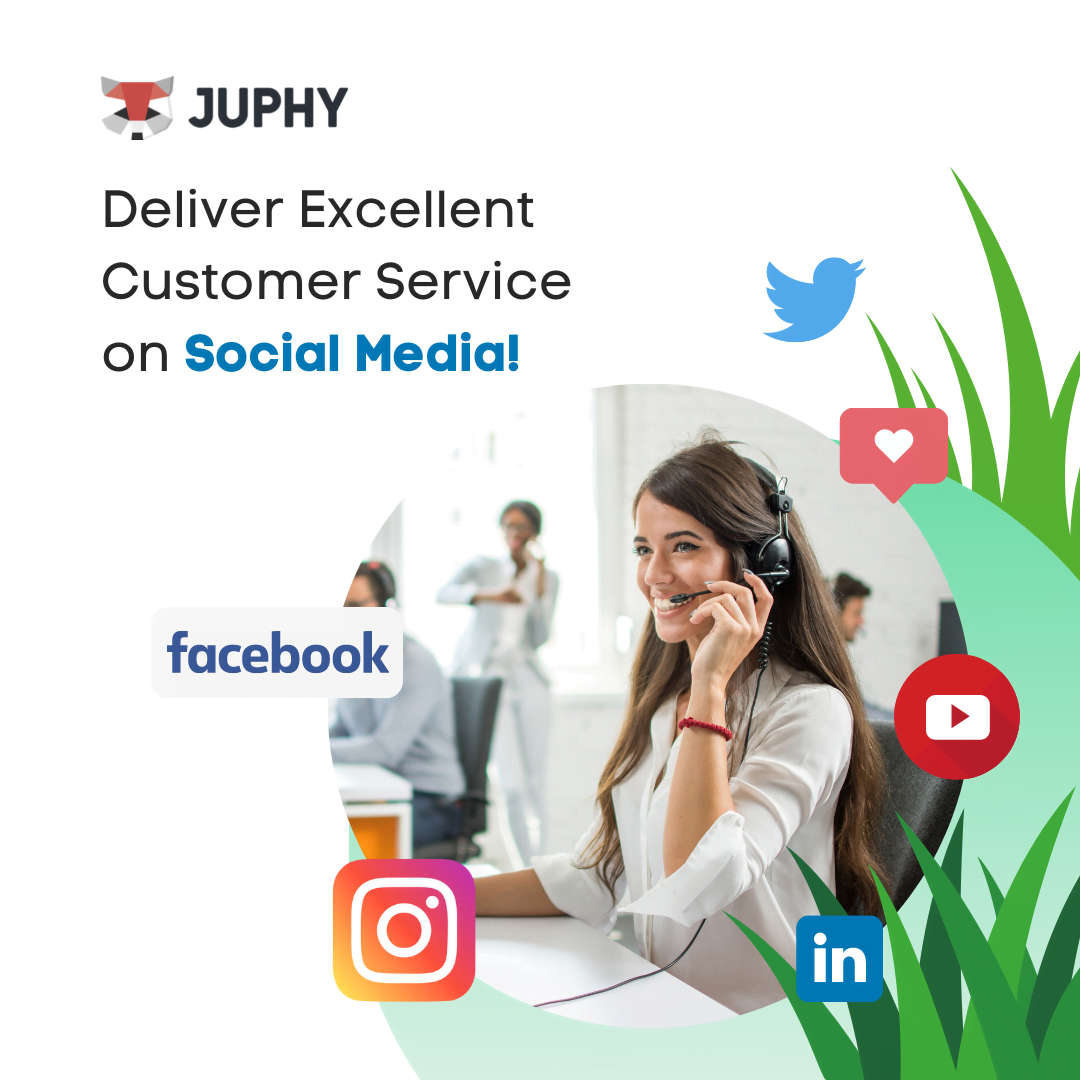
The Hidden World of Digital Marketing
Have you ever wondered why some businesses seem to effortlessly dominate their online space while others struggle to get noticed? The answer isn’t always about having the biggest budget or the flashiest campaigns. Often, it’s about knowing the insider secrets that digital marketing gurus prefer to keep close to their chest.
The digital marketing landscape is like an iceberg – what you see on the surface is just a fraction of what’s really happening beneath. While everyone talks about SEO, social media, and content marketing, there’s a whole arsenal of psychological triggers, strategic maneuvers, and unconventional tactics that can transform your marketing results overnight.
Think about it: if everyone knew these powerful strategies, wouldn’t the playing field be completely different? The truth is, many successful marketers have discovered these methods through years of testing, failure, and breakthrough moments. They’ve learned what really makes people click, buy, and become loyal customers.
Why Digital Marketing Gurus Keep These Secrets
Before we dive into these game-changing strategies, let’s address the elephant in the room. Why would marketing experts want to keep effective techniques secret? It’s simple economics, really. When everyone uses the same strategies, they become less effective. It’s like knowing a shortcut that helps you avoid traffic – the moment everyone discovers it, it’s no longer a shortcut.
Marketing gurus also understand that their competitive advantage lies in having unique approaches. They’ve invested time, money, and countless hours of testing to discover what works. Sharing these insights freely would essentially give away their competitive edge.
But here’s the thing – knowledge shared is knowledge multiplied. While gurus might be hesitant to reveal their best-kept secrets, these strategies can level the playing field for businesses of all sizes.
The Power of Micro-Influencers Over Celebrity Endorsements
Everyone’s chasing after celebrities and mega-influencers, but here’s what the smart marketers know: micro-influencers often deliver better ROI than their famous counterparts. We’re talking about people with 1,000 to 100,000 followers who have built genuine connections with their audience.
Why does this work so well? It’s all about trust and relatability. When someone with 50,000 followers recommends a product, their audience sees them as a peer rather than a distant celebrity. The recommendation feels authentic because these influencers typically only partner with brands they genuinely use and believe in.
Finding the Right Micro-Influencers
The secret isn’t just finding micro-influencers – it’s finding the right ones. Look for creators whose audience demographics align perfectly with your target market. A fitness micro-influencer might have a smaller following than a general lifestyle blogger, but if you’re selling workout equipment, their audience is pure gold.
Use tools like BuzzSumo or simply search relevant hashtags to discover these hidden gems. Pay attention to engagement rates rather than follower counts. An influencer with 10,000 highly engaged followers is worth more than one with 100,000 passive observers.
Building Authentic Relationships
Don’t approach micro-influencers with generic partnership offers. Take time to understand their content style and audience. Comment on their posts, share their content, and build a genuine relationship before proposing any collaboration. This approach often leads to more enthusiastic endorsements and long-term partnerships.
The Psychology of Scarcity in Email Marketing
While everyone talks about email marketing, few understand how to leverage psychological triggers effectively. Scarcity is one of the most powerful motivators in human psychology, yet most marketers use it incorrectly or not at all.
The key is creating genuine scarcity without appearing manipulative. Instead of claiming “limited time offer” every week, focus on authentic limitations. Maybe you’re only accepting 50 new clients this month, or you have a limited quantity of a particular product.
Creating Urgency Without Being Pushy
The art lies in presenting scarcity as helpful information rather than pressure. Frame it as giving your subscribers an advantage: “I wanted to give you first access before we announce this to our general audience.” This approach makes subscribers feel special while creating natural urgency.
Use countdown timers sparingly and only when the deadline is real. False urgency destroys trust faster than almost any other marketing mistake.
Timing Your Scarcity Campaigns
Tuesday through Thursday typically see the highest email engagement rates, but for scarcity-based campaigns, consider weekend sends. People have more time to consider purchases and less competition in their inbox.
Leveraging User-Generated Content as Social Proof
Here’s something most marketers get wrong: they create all their content in-house when their customers could be doing it for them. User-generated content (UGC) isn’t just free marketing material – it’s incredibly powerful social proof that converts better than professional advertising.
The secret is making UGC creation feel rewarding rather than like work. Instead of simply asking for reviews, create campaigns that make customers excited to share their experiences.
Encouraging Organic Content Creation
Design your products and services to be inherently shareable. This might mean including photogenic packaging, creating Instagram-worthy experiences, or developing products that solve problems in visually interesting ways.
Create unique hashtags and actively engage with customers who use them. When you like, comment, and share user-generated content, you encourage others to create similar content.
Repurposing UGC Across Platforms
Don’t let great user-generated content live on just one platform. A customer’s Instagram post can become a testimonial on your website, a slide in your email newsletter, and content for your LinkedIn page. Always ask permission and give proper credit when repurposing content.
The Secret of Reverse Psychology in Social Media
This is perhaps one of the most counterintuitive strategies, but when used correctly, reverse psychology can be incredibly effective in social media marketing. The idea is to present information in a way that naturally leads people to the conclusion you want them to reach.
Instead of directly telling people to buy your product, you might create content that subtly demonstrates why they need it. For example, instead of “Buy our time management app,” you might post “Here’s why most productivity apps fail (and what actually works).”
When to Use Controversial Content
Controversial doesn’t mean offensive. It means taking a stance that not everyone will agree with. This naturally creates engagement as people feel compelled to share their opinions. The key is choosing controversies that align with your brand values and target audience.
For instance, a sustainable fashion brand might take a controversial stance against fast fashion. This will alienate some people, but it will strongly attract their ideal customers.
Managing Backlash Effectively
When using controversial content, have a response strategy ready. Acknowledge different viewpoints respectfully while staying true to your brand’s position. Sometimes, the way you handle criticism can be more valuable than the original content.
Emotional Triggers That Convert Better Than Logic
While features tell, emotions sell. Most marketers focus on logical benefits when emotional triggers are far more powerful. People make purchasing decisions emotionally and then justify them logically afterward.
The most effective emotional triggers include fear of missing out, desire for status, need for security, and aspiration for a better future. The key is understanding which emotions resonate most with your specific audience.
The Fear of Missing Out (FOMO) Strategy
FOMO is incredibly powerful, but it needs to be authentic. Instead of creating artificial scarcity, highlight real opportunities that people might miss. This could be early access to new products, limited-time educational content, or exclusive community access.
Share behind-the-scenes content that makes people feel like they’re missing out on something special by not being part of your community.
Using Nostalgia to Drive Engagement
Nostalgia is an underutilized but incredibly powerful emotion. Create content that reminds your audience of positive memories or simpler times. This works particularly well for brands targeting millennials and Gen X consumers.
The Hidden Power of Comment Engagement
Most businesses treat comments as an afterthought, but savvy marketers know that comment sections are goldmines for engagement and relationship building. The secret is treating every comment as an opportunity to deepen relationships and demonstrate your brand personality.
Respond to comments quickly and thoughtfully. Don’t just say “thanks” – add value to the conversation. Ask follow-up questions, share additional insights, or direct people to relevant resources.
Creating Conversation Starters
Design your content to encourage comments. Ask specific questions, share controversial (but respectful) opinions, or create content that naturally invites people to share their experiences.
Posts that ask “What’s your experience with…” or “Do you agree that…” typically generate more comments than straightforward informational posts.
The Art of Strategic Commenting
Don’t just respond to comments on your own content. Strategically comment on posts from industry leaders, potential customers, and complementary businesses. Provide valuable insights rather than promotional messages, and you’ll naturally attract people to your profile.
SEO Hack: Internal Linking Like a Chess Master
Most website owners understand external link building, but few master internal linking. This is where you can gain a significant advantage with relatively little effort. Internal linking helps search engines understand your site structure while keeping visitors engaged longer.
The secret is thinking strategically about how your content connects. Instead of random internal links, create a logical web that guides visitors through a journey on your site.
The Hub and Spoke Model
Create comprehensive hub pages that cover broad topics, then link to detailed spoke pages that dive deep into specific aspects. This structure helps both users and search engines navigate your content effectively.
For example, if you have a hub page about “Digital Marketing,” you might link to spoke pages about “Email Marketing,” “Social Media Strategy,” and “Content Creation.”
Anchor Text Optimization
Use descriptive, keyword-rich anchor text for internal links, but keep it natural. Instead of “click here,” use “learn more about email automation strategies” or “discover our content creation process.”
The Psychology of Color in Digital Marketing
Color psychology isn’t just about making things look pretty – it’s about triggering specific emotional responses that influence behavior. Different colors can increase or decrease conversion rates, and most marketers completely ignore this powerful tool.
Red creates urgency and excitement, blue builds trust and security, green suggests growth and harmony, while orange encourages action and enthusiasm. But context matters tremendously.
Colors That Convert
Orange and red buttons often outperform other colors in A/B tests, but this isn’t universal. The key is contrast and context. A red button on a red background won’t convert well, regardless of color psychology.
Test different color combinations systematically. Small changes in button color, header backgrounds, or accent colors can significantly impact conversion rates.
Cultural Considerations in Color Choice
Remember that color meanings vary across cultures. White represents purity in Western cultures but mourning in some Eastern cultures. If you’re targeting global audiences, research color meanings in your target markets.
Advanced Retargeting Strategies
Basic retargeting shows ads to people who visited your website, but advanced retargeting segments audiences based on specific behaviors and creates personalized experiences for each segment.
Instead of showing the same ad to everyone who visited your site, create different campaigns for people who viewed specific products, spent different amounts of time on your site, or visited certain pages.
Behavioral Segmentation
Segment your retargeting audiences based on actions they took on your site. Someone who added items to their cart but didn’t purchase needs a different message than someone who just browsed your homepage.
Create custom audiences for different buyer journey stages and tailor your messaging accordingly.
Cross-Platform Retargeting
Don’t limit retargeting to just one platform. Someone might see your Facebook ad, visit your website, and then convert after seeing your Google ad. Create coordinated campaigns across multiple platforms for maximum effectiveness.
The Power of Storytelling in Data Presentation
Numbers by themselves are boring, but numbers wrapped in stories are compelling. Instead of simply stating statistics, create narratives that make data emotional and memorable.
Instead of saying “Our software increased productivity by 40%,” tell the story of how Sarah, a busy mom and entrepreneur, was able to leave work early to attend her daughter’s soccer game because our software helped her finish her tasks faster.
Making Numbers Emotional
Connect statistics to human experiences. Show how percentage improvements translate to real-life benefits. Use analogies and metaphors to make abstract concepts concrete.
“Our email automation saved clients 10 hours per week” becomes “That’s enough time for a weekend getaway every month.”
Visual Storytelling Techniques
Use infographics, videos, and interactive content to tell stories with data. Visual content is processed 60,000 times faster than text, making it ideal for data storytelling.
Create before-and-after scenarios, customer journey maps, and transformation stories that showcase your results visually.
These ten digital marketing hacks represent just the tip of the iceberg when it comes to advanced marketing strategies. The key to success isn’t just knowing these techniques – it’s implementing them systematically and measuring their impact on your specific audience.
Remember, what works for one business might not work for another. The most successful marketers are those who understand these principles and adapt them to their unique situations. Start with one or two strategies that resonate most with your business model, test them thoroughly, and then expand your arsenal.
The digital marketing landscape is constantly evolving, but human psychology remains relatively constant. By understanding what motivates people to take action and combining that knowledge with these proven strategies, you’ll be well-equipped to compete with even the most established players in your industry.
Don’t let these insights sit idle – start implementing them today and watch as your marketing efforts become more effective, more engaging, and more profitable.
READ ALSO: From Zero to Hero: How to Turn Your Email List Into a Money-Making Machine









[…] READ ALSO: 10 Digital Marketing Hacks That Gurus Don’t Want You to Know! […]